Reportar esta entrada
Más sobre la misma comunidad-colección
Fernando F. Villela - Vietnam - 1969
Fernando F. Villela - Vietnam - 1969 "Just showered at bunker ...
Ermine Peck McKay Hourigan - 1926
Mother of Thomas McKay - Founder - El Paso Boxing - Martial Arts ...
Estrella de bronce - Fernando Villela - 1969
Nurses visiting our bunker base in Bến Tre Province in ...
Camranh Bay en Vietnam - Fernando Villela - 1969
Photograph: Overview of Cam ranh Bay in Vietnam - 1969. On April ...
Fernando Villela con su hija - 1971
" Just before I got out of the Army". Fernando Villela holding ...
Vietnam - 1969 - Fernando Villela
"First Lieutenant in our company - real straight nice guy - in ...
Fernando Villela - Vietnam - 1969
"Leisure time back in camp, displaying my "short" walking cane ...
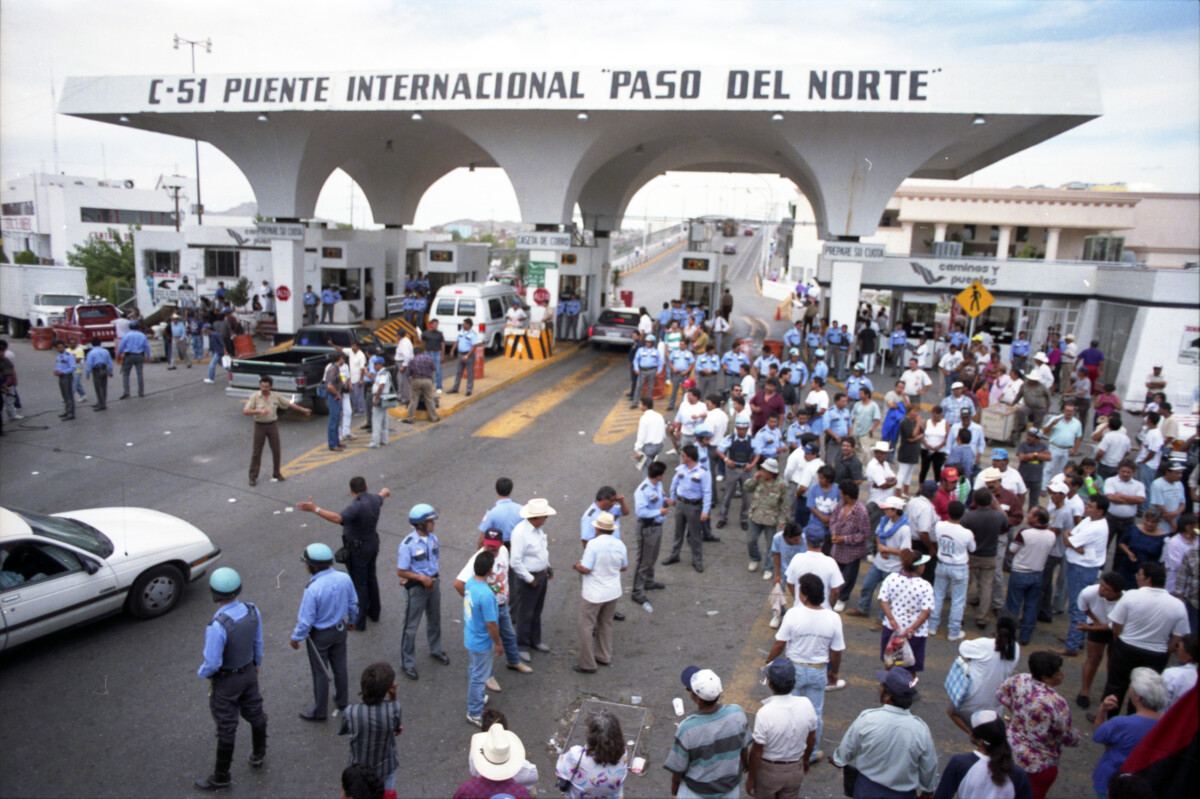
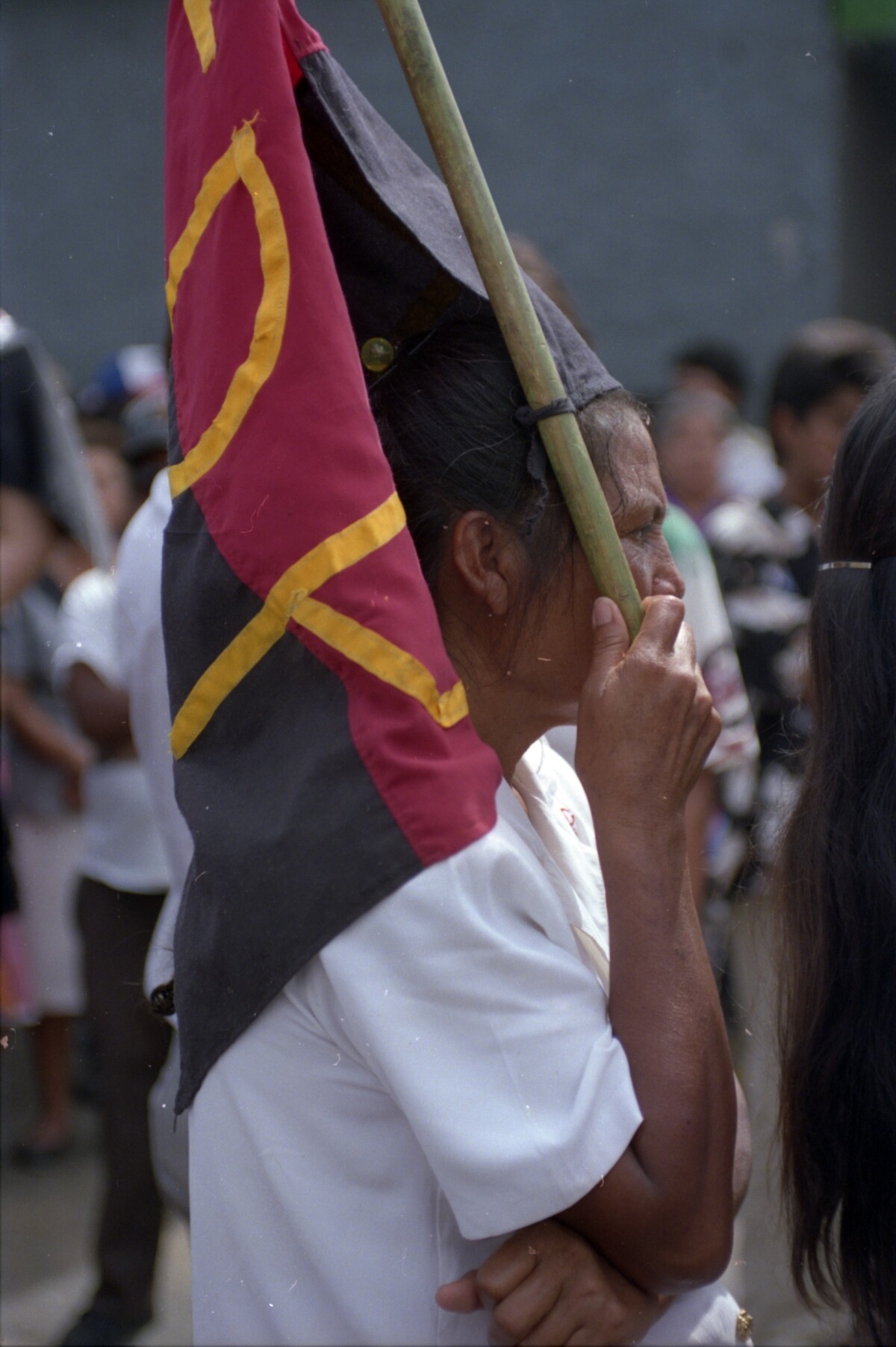

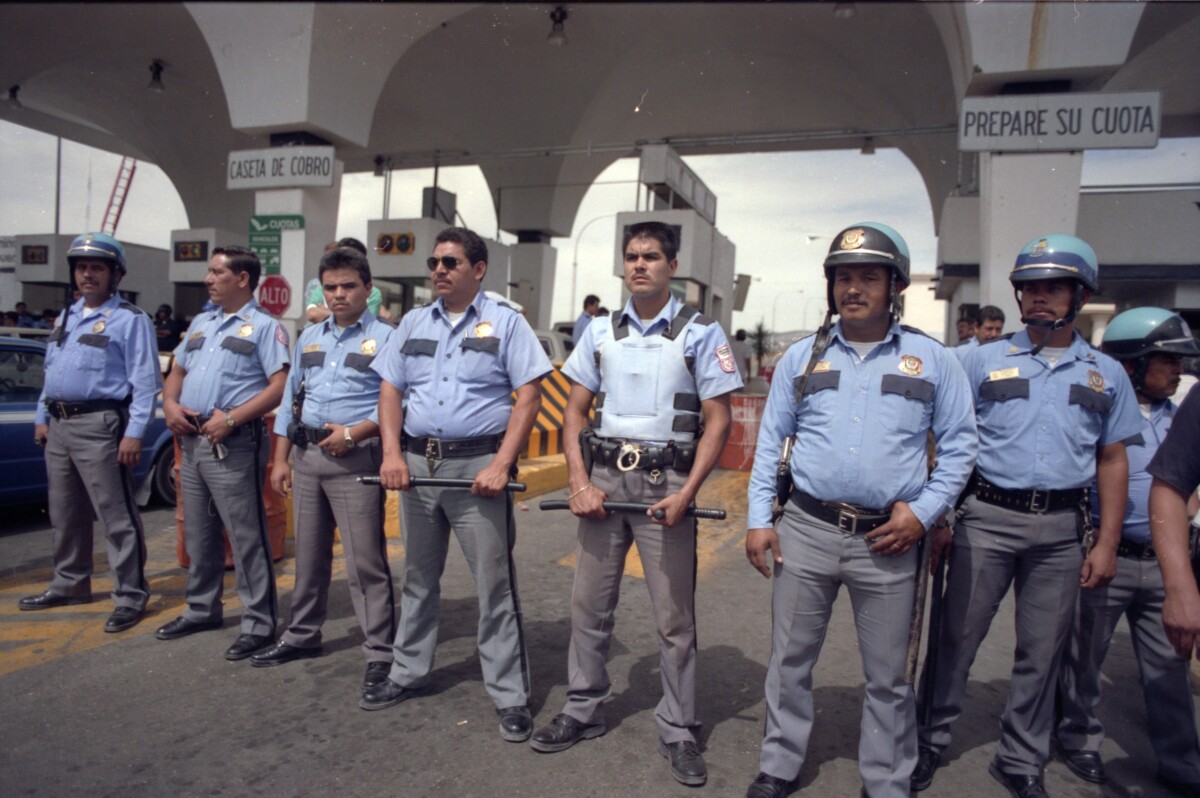
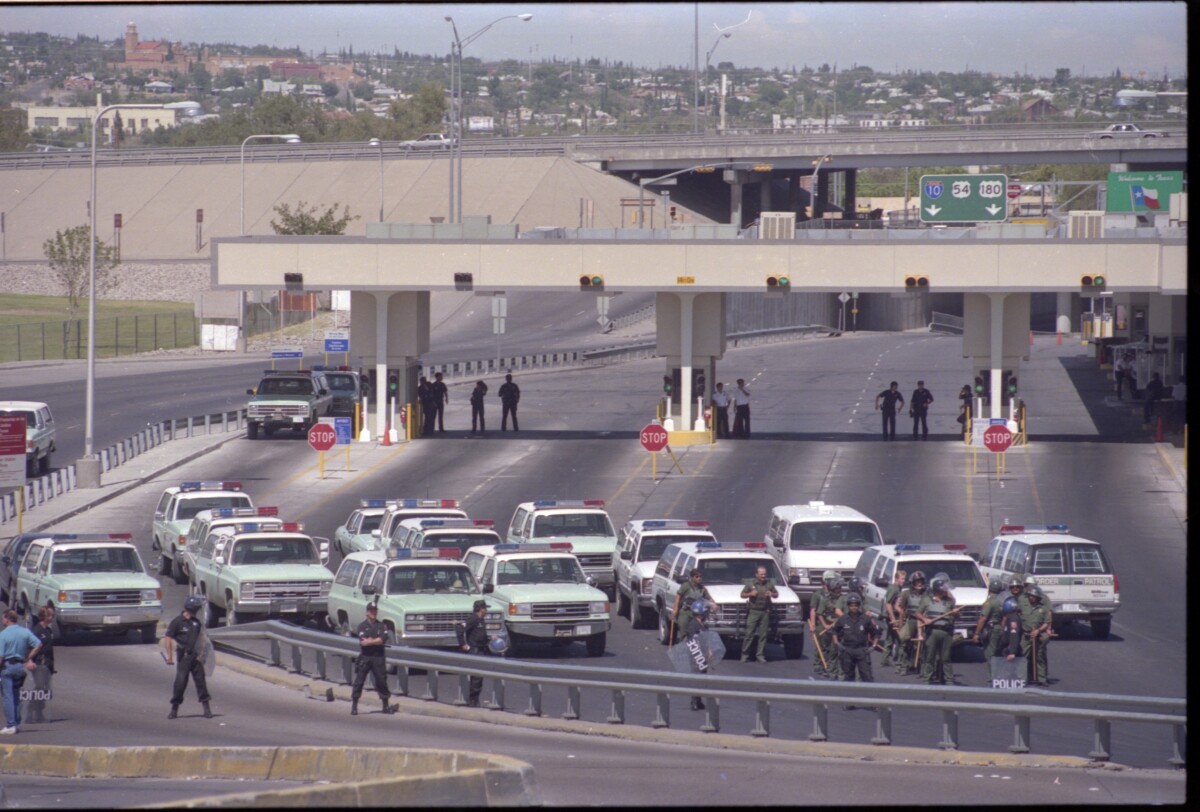

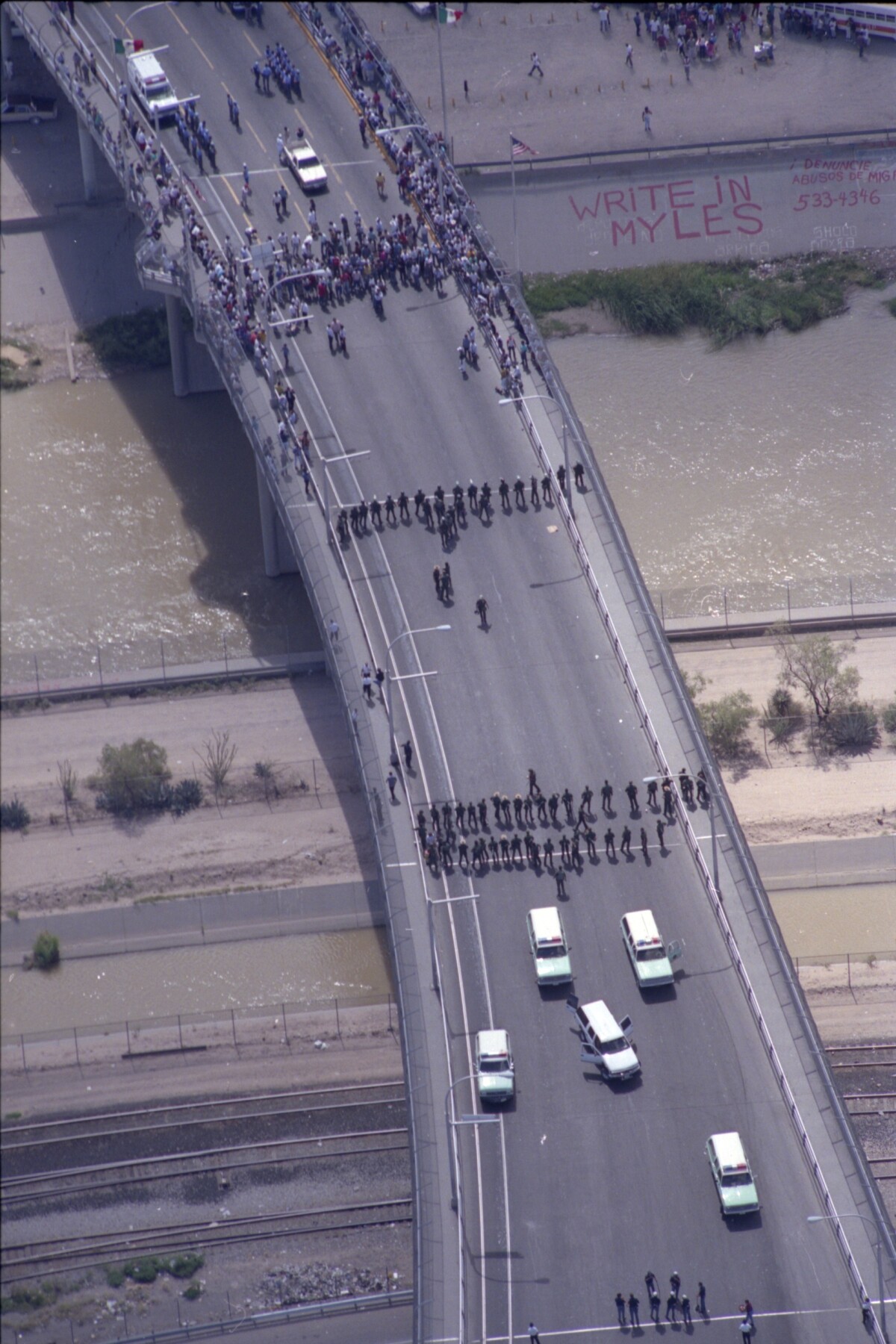
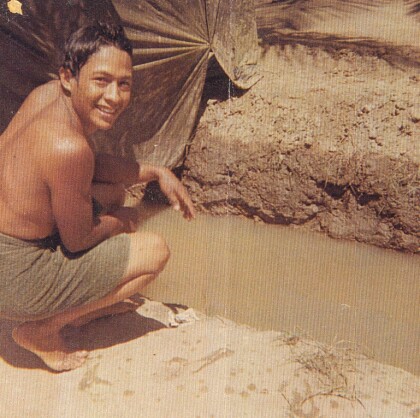
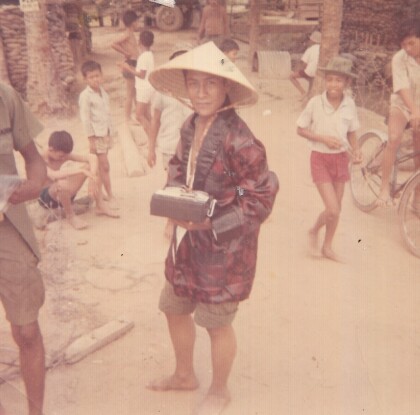
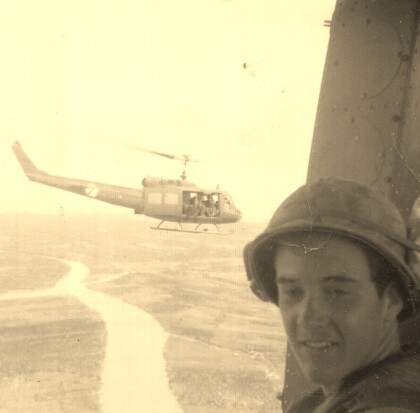

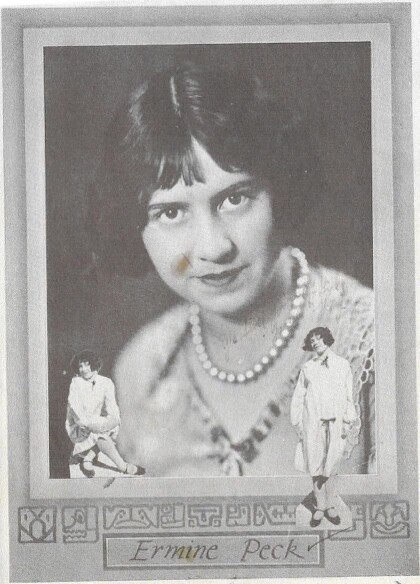
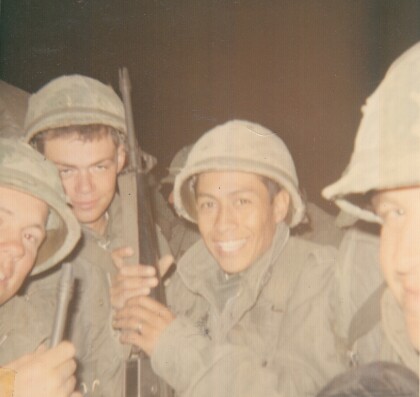

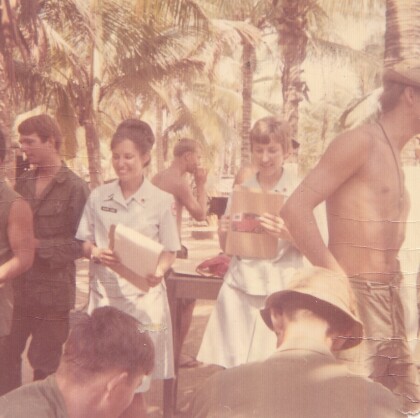
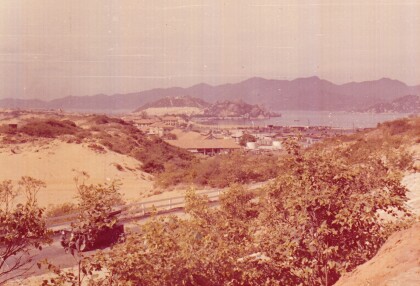
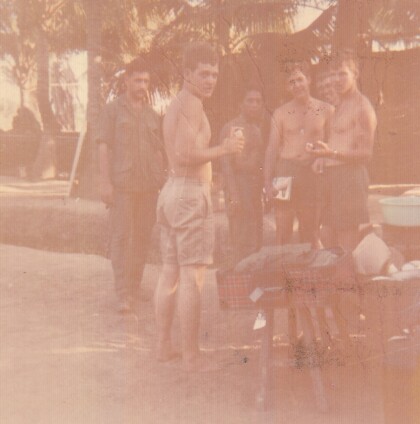
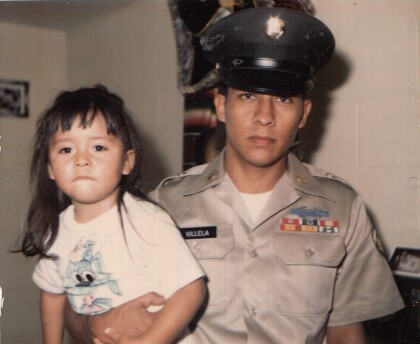
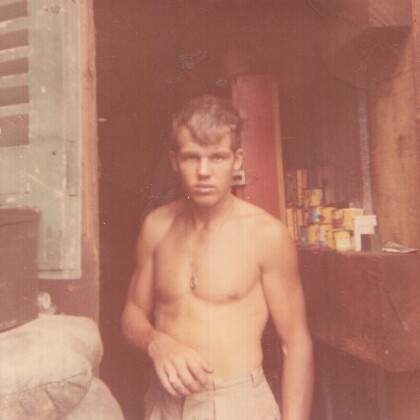
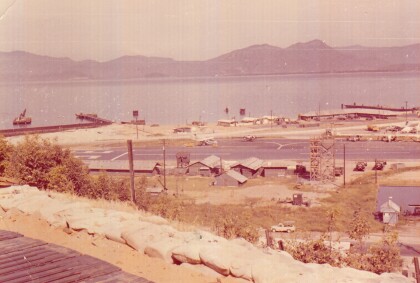
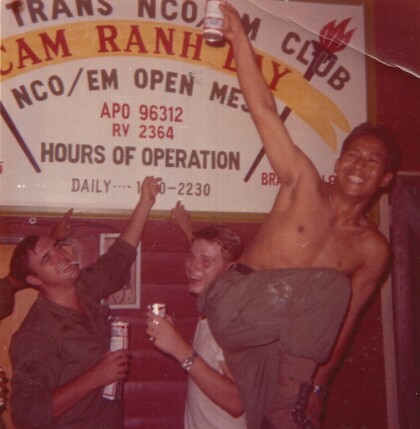
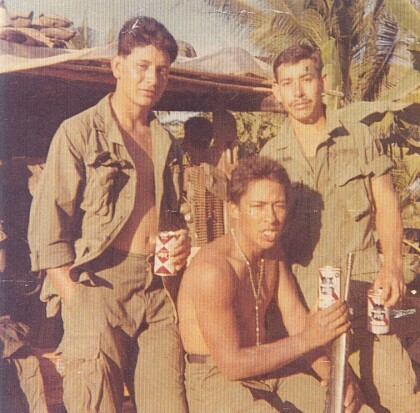
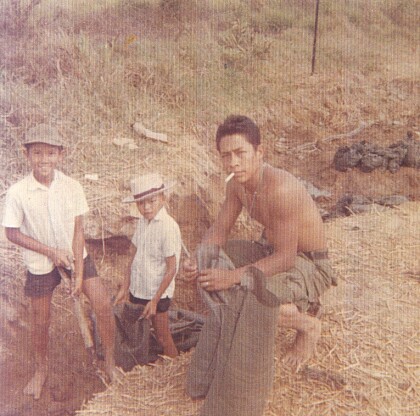
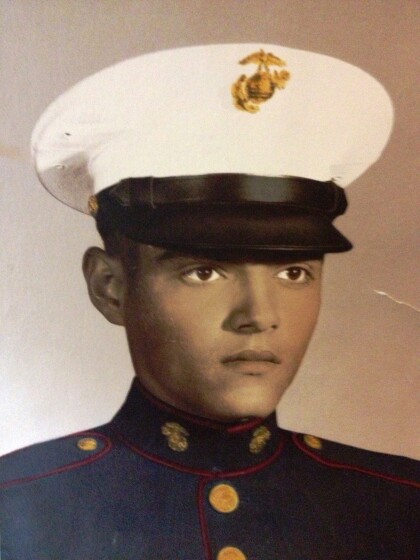
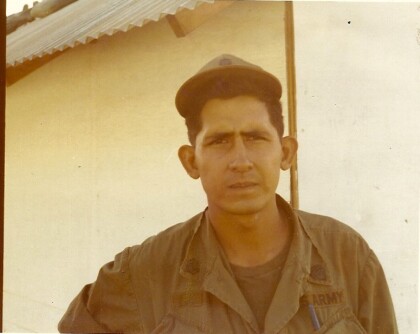
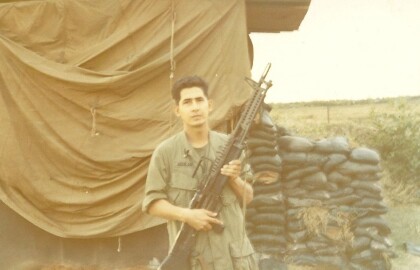
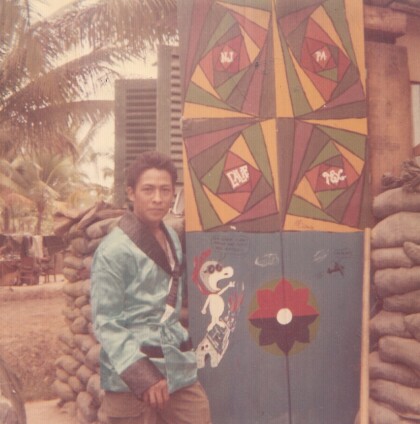
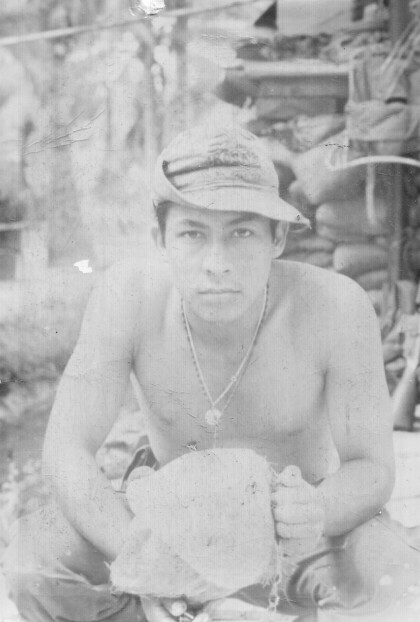
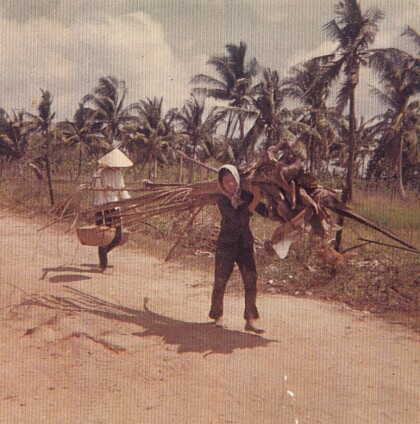
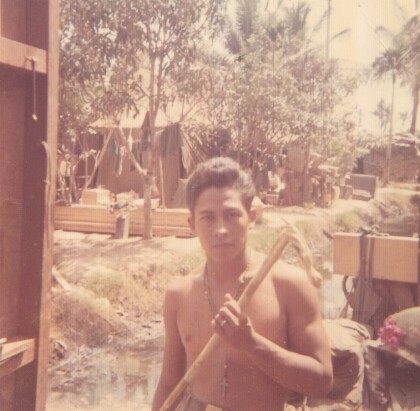
Comentarios
Hacer un comentario